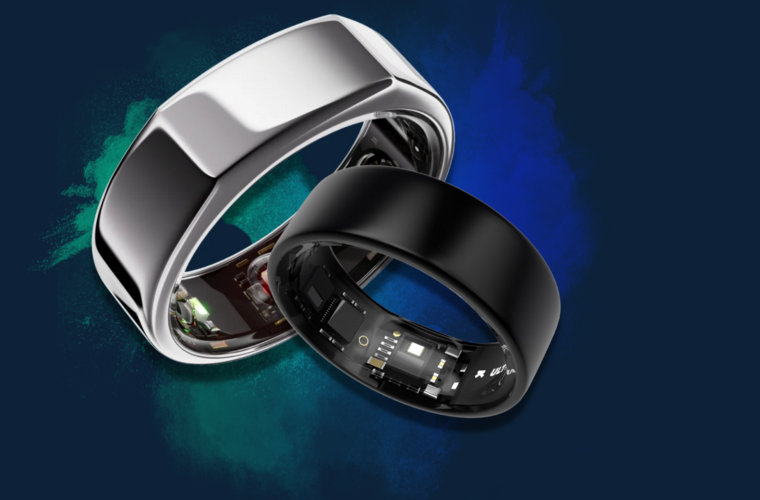E-Textile: Can Solar-Powered Clothes be The Next Big Thing in Wearable Tech?
The development of wearable technology has been growing at an impressive pace. Wearable tech, also known as smart clothing, has become increasingly popular in recent years, with products such as fitness trackers and smartwatches. However, the biggest issue with wearable tech has been the need for a power source. This has led scholars, universities, designers, and the fabric industry to look closely at the development of tiny solar panels that could be incorporated into clothing, thus providing a sustainable source of energy.
The use of solar fabrics in clothing is not a new concept. Researchers first turned to textiles in 2001 to create a solar component that is pliable, breathable, and flexible. Since then, solar fabrics have been incorporated into stadium covers, carports, and even wearable art. However, recent innovations have made significant progress in developing solar e-textile, which are superior in breathability, strength, and density compared to other groups’ fabrics.
Dr Theodore Hughes-Riley, associate professor of Electronic Textiles at the Nottingham School of Art & Design, oversaw research last year that led to the developing of a woven textile embedded with 1,200 photovoltaic cells. The combined cells can harness 400 milliwatts (mWatts) of solar electrical energy, enough to charge a basic mobile phone or smartwatch. This breakthrough shows great promise for the future of wearable tech, and other universities and companies are also focusing on solar energy to meet the quasi-permanent need for energy. One company, Solar Cloth, is taking things to the next level. Their flexible Solar-Powered panels might become The Next Big Thing in Wearable Tech.


A New Era of Sustainable Energy for Wearable Tech
Founded in the nautic industry, Solar Cloth has been working since 2014 on creating flexible and furlable solar panels. They focus on material recycling and have already partnered with some of the biggest names in the transportation and hospitality industries, such as Renault/Volvo Trucks and Huttopia.
Solar Cloth’s Solar-Powered e-textile has proven versatile and adaptable to various industries. They are currently used in long-distance transportation, with the panels glued to the deflector and roof of trucks, making them ideal for powering vehicles during extended trips. The French Army has also adopted the technology for light armoured vehicles and other projects. Shipyards for racing and pleasure boats have also incorporated Solar Cloth’s solar panels into their designs.
Solar-Powered might become the next big thing in Wearable Tech. Moreover, Solar Cloth is expanding its reach beyond the transportation and maritime industries. The company is working on upcoming projects at the Nice Airport and Cannes, which include a greenhouse with a glass roof. The flexibility of Solar Cloth’s solar panels is such that they are now considered textiles, opening up possibilities for even more innovative applications.
Solar Cloth’s success in developing this technology has earned them recognition within the French textile industry. They are a full member of Techtera, an innovation cluster for the French textile industry, which acknowledges the company’s contribution to advancements in e-textiles.

A Flourishing Environmentally-Friendly Future for Wearable Technology
Solar-Powered Clothes might be The Next Big Thing in Wearable. The potential for solar e-textile in the wearable tech market is significant. “It is estimated that the global wearable technology market will reach $54 billion this year,” explains Trisha Andrew, Associate Professor in Chemistry at the University of Massachusetts. She is at the forefront of solar e-textile innovation. “The use of solar panels in textiles opens up a world of possibilities for product innovation, from self-heating clothing to portable phone chargers. This technology has the potential to revolutionize the way we use and think about wearable technology.”
As the world becomes increasingly focused on sustainable energy, the development of solar e-textile provides a significant opportunity for the wearable tech industry to become more environmentally friendly while also improving the functionality of the products. Renewable energy sources have become more important than ever, and solar e-textile are one of the most promising solutions to meet this need.


